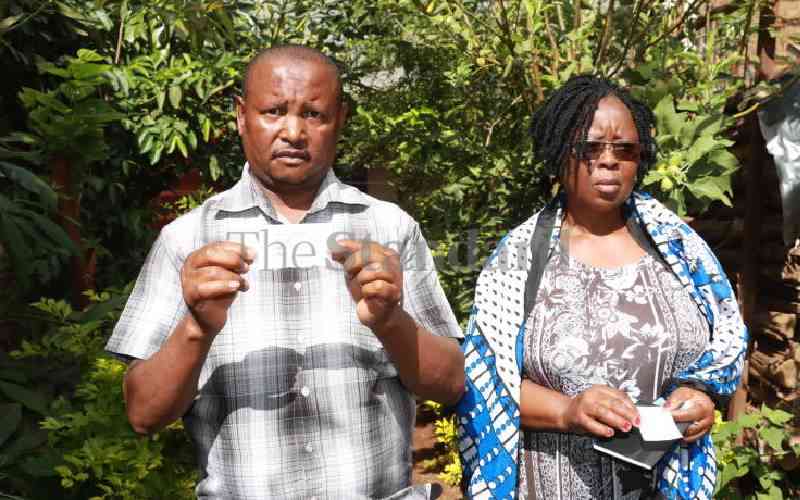By JAMES WANZALA
The Mwaluganje elephant sanctuary, located at the South Coast, was started to help deal with the human-wildlife conflict. It has now been billed as a unique success story and a showcase for Kenya.
Farmers were brought together by Kenya Wildlife Service (KWS) and Eden Wildlife Trust and persuaded to give up part of their land to the elephants.
The infrastructure was then developed to include an electric boundary fence and in 1995, the then Director of KWS, Dr David Western, opened the sanctuary’s door to the public.
Currently there are 300 community members involved in the project and are instrumental in the day-to-day running of the sanctuary.
The members share profits from the sanctuary as compensation for the land they gave up. The amounts are determined by the number of acres one gave up to the project.
The earnings are from gate collections and a project that sees them make paper from elephant dung.
ELEPHANT DUNG
The community started the elephant dung project (EDP) to supplement their income.
To make the paper, the members begin by collecting three-day-old elephant dung, which is then heated by boiling and then pounded using a traditional mortar and pestle.
Waste paper is also pounded and the two are mixed together in different ratios depending on the colour of the paper you intend to make. They are then pounded together untill completely mixed.
This mixture is thereafter put in a basin of water and stirred, then scooped with frame and dried on a table for three to six hours depending on the weather condition.
The end product is a paper, which is cut to size depending on what one intends to make.
The project has seen members produce envelopes, photo albums, notebooks, journals, and even bookmarks.
According to Musalim Charo, whom we found at the sanctuary making the products, the project, although in its initial stages, is very promising.
Stay informed. Subscribe to our newsletter
MODERN MACHINERY
“The sanctuary is looking forward to acquiring modern blending machines that will help us produce higher quality products. We want to be able to compete with other products in the market,” she said.
Sanctuary attendant Paul Musila says earnings from the EDP have decreased. He said initially, they would make about Sh50,000 per month, but today they are making as little as Sh5,000.
He says the elephant sanctuary is however doing much better since it brings them about Sh200,000 per month sometimes, depending on the number of visitors to the sanctuary.
Despite the challenges, Musila says the sanctuary has achieved what it was intended for. It has managed to reduce human-wildlife conflict while ensuring the community benefits from its wildlife.
 The Standard Group Plc is a
multi-media organization with investments in media platforms spanning newspaper
print operations, television, radio broadcasting, digital and online services. The
Standard Group is recognized as a leading multi-media house in Kenya with a key
influence in matters of national and international interest.
The Standard Group Plc is a
multi-media organization with investments in media platforms spanning newspaper
print operations, television, radio broadcasting, digital and online services. The
Standard Group is recognized as a leading multi-media house in Kenya with a key
influence in matters of national and international interest.
 The Standard Group Plc is a
multi-media organization with investments in media platforms spanning newspaper
print operations, television, radio broadcasting, digital and online services. The
Standard Group is recognized as a leading multi-media house in Kenya with a key
influence in matters of national and international interest.
The Standard Group Plc is a
multi-media organization with investments in media platforms spanning newspaper
print operations, television, radio broadcasting, digital and online services. The
Standard Group is recognized as a leading multi-media house in Kenya with a key
influence in matters of national and international interest.






